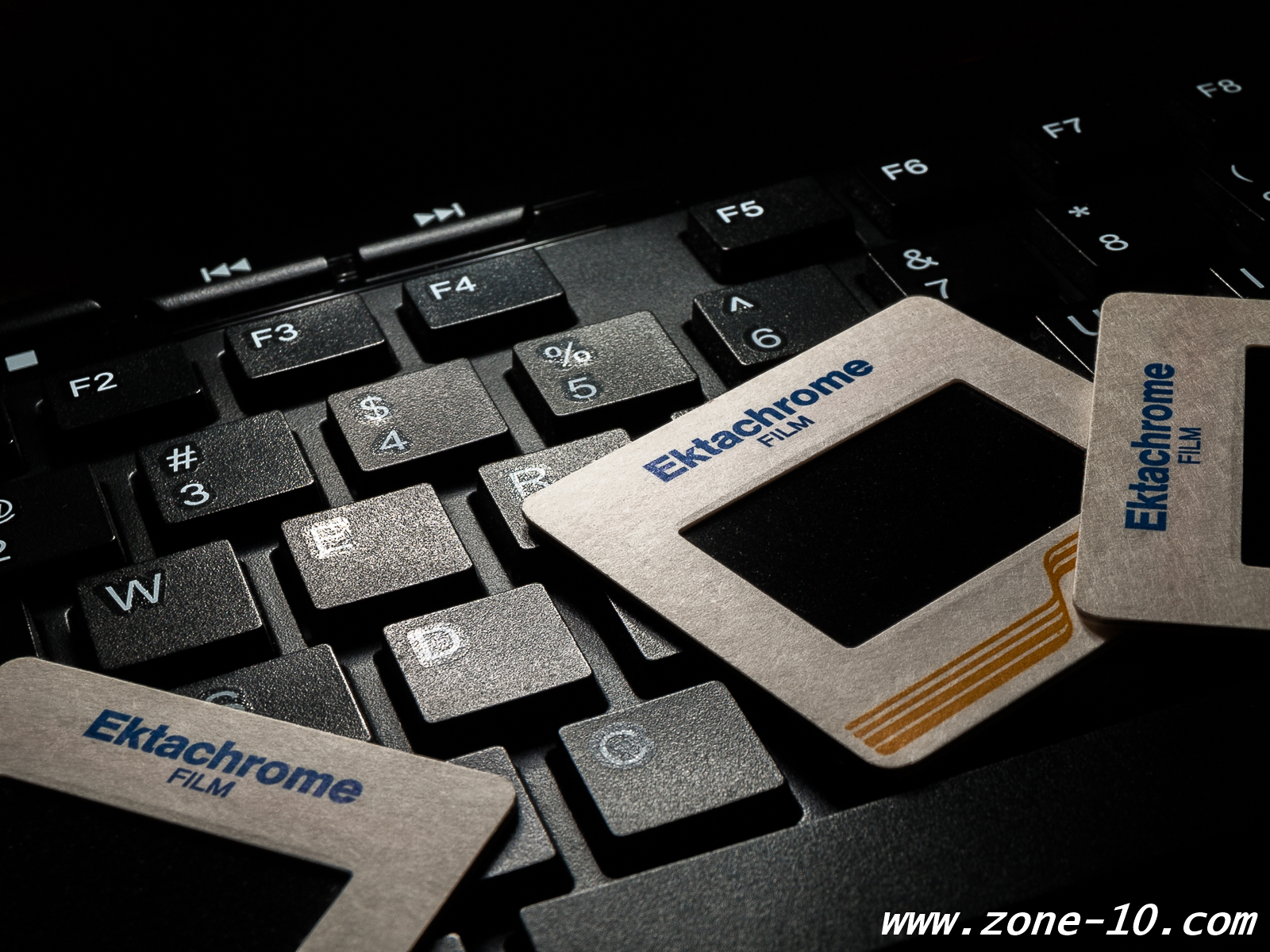
On January 5th, 2017, Kodak and Kodak Alaris announced the return of the Ektachrome film stock. It is expected the availability will be in the fourth quarter of the year. Kodak Alaris sells and markets the still photography film stock, Kodak the long-roll film stock. While neither have specified which version of Ektachrome, in ISO 100, will be formulated, it appears that it will be the long-roll movie stock which is the driver for this and Kodak Alaris will sell the 36-exposure roll version of it.
While Ektachrome was not my own preferred slide film, I still shot a lot of it through the years. The color accuracy is uncanny and the film utterly predictable without color shifs in the shadows. This color accuracy meant that I avoided it for much of my landscape photography as not every landscape photograph benefited from being "accurate". It was a film that was the industry standard choice whenever accuracy was required. Product photography, fashion and industrial photography, as well as portraits for offset printing required Ektachrome.
The question comes up from anybody who shoots little to no film, as to the logic in bringing back a "slide" film when nobody projects slides anymore, and there are no labs around to develop E6 anyway. The key is to understand that this isn't to "replace" a pure digital workflow, but to augment a pure digital workflow and provide options. E6 processing is available for most everybody in the USA through Dwayne's Photo. I personally process my own B&W and E6 film and provide this service to others right on this very website.
How does Ektachrome compare to the Fujichromes? This will be an unknown until we see exactly which Ektachrome film stock is utilized, but Ektachrome will most likely be the closest match to a digital camera standard profile of any of the available chromes. With moderate profiling, images shot on film and images shot on a digital camera should be interchangeable through the rest of the digital workflow. While Ektachrome has not been my own particular favorite slide film, I do plan on using it for some projects where I do need this interchangeability.
My own procedure for shooting, processing and handling of the film maximizes the strengths where there are strengths and minimizes the weaknesses as much as possible. I shoot with the film camera best serving my purpose (long astrophotography images on winter nights would be the OM-3Ti). Processing E6 film is only slightly more difficult than B&W, and comparable to B&W if using dual developers. Once washed and dried, I cut the film to strips and immediately scan them. Once scanned, the strips are placed in archival sheets for long-term storage. The scanned rolls are named and numbered in subdirectores with an index number that is placed on the archival sheet. In Adobe Lightroom, I just sync the scans folder and those new subdirectories and scans are automatically added to my Lightroom Catalog. At this point, the scanned images are treated as though they are any other image from any other source.
Shooting film is not for everything, nor is it cost and time effective. However, just as an adjustable wrench may work on loosening a bolt, a socket set might be a better choice. Shooting film in film cameras is like adding a socket set to the tool bag instead of just relying on an adjustable wrench.
Ken
